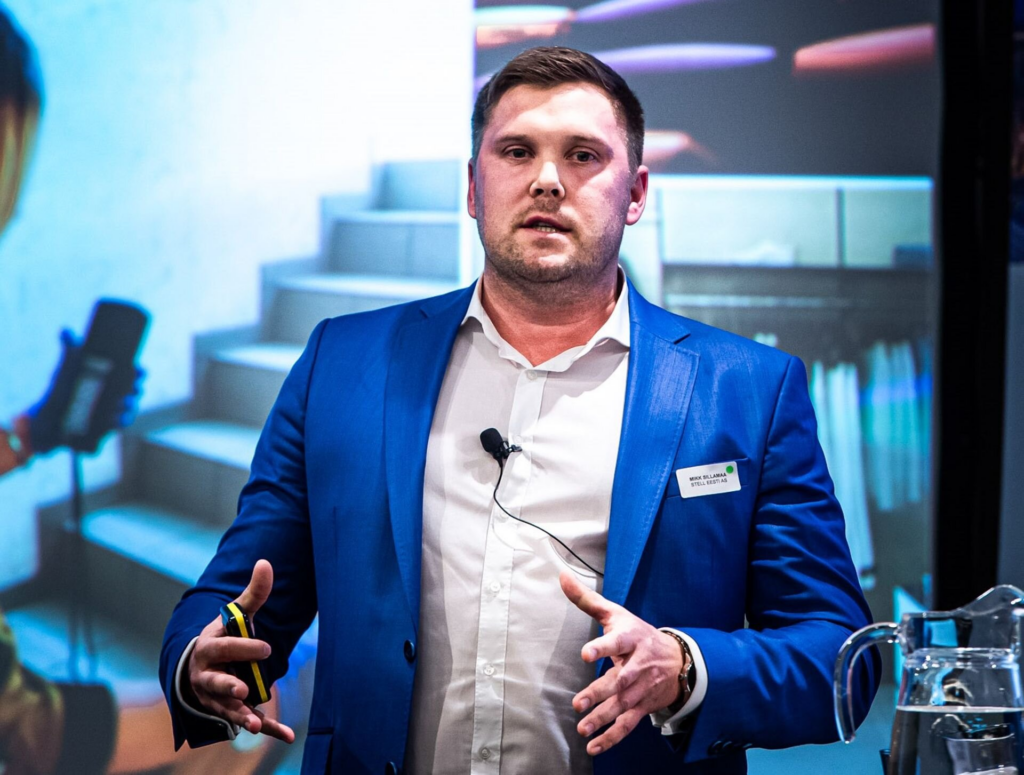What is the outlook for property management over the next five years? How big will the share of artificial intelligence be? What will be the share of human labour? What changes do you see in property management in terms of service design, user experience (UX) and user interface (UI)?
The real estate services sector is facing several important changes over the next five years. To understand the future challenges of the sector, it is important to know the underlying system. Property management has undergone major changes over the past 10-15 years, with the self-management model being replaced by a management contractor model. This change is largely due to changes in the structure of property ownership. Professional real estate funds that specialize in cash-flow-generating properties are playing an increasingly important role. The main activity of these funds is investing and increasing the value of assets through quality property management. Everything related to the daily maintenance of real estate is purchased on the market.
Important changes in property management have also occurred due to advancements in technology. In recent years, various technological solutions have increasingly been used in newly designed buildings, and the buildings themselves have become “smarter”. This, in turn, led to the ability to make management decisions based on the collected data. Unfortunately, it is becoming increasingly difficult to find a specialist (manager) with sufficient professional knowledge (general technical competence, knowledge in the field of information technology and digitalization) to create additional value through collected information and data analysis.
As technology and artificial intelligence advance, the need for additional new talent increases, meaning that an educated property maintenance professional is playing an increasingly important role. Unfortunately, our current education system does not produce enough specialists for the labour market – this will be one of the industry’s biggest problems. This challenge is not limited to the property services sector, but also extends to the construction sector, where there is a shortage of professionally trained engineers. Due to the complexity of engineering education, young people often prefer to continue their studies in, so to speak, “softer” areas, as a result of which there is already a large shortage of specialists in this field. Popularization of the industry will be of key importance in solving this problem, which can be done by both professional associations and employers themselves.
In connection with the above challenges, today it is clear to all market participants that real estate management should be approached comprehensively. This is a necessary condition for maintaining competitiveness in the changed market situation.
Over the past five years, our company has been actively developing a service concept based on the needs of building users. When creating a service, we take into account the possible daily route of a building user, which begins with arriving at the parking lot in the morning and ends with leaving the building at the end of the working day. An important part is analysing end-user traffic in order to understand when peak times occur, and a certain part of the real estate environment is busier than another.
In addition, for this model we have agreed on a scorecard that defines focal points for measuring experience. Each touchpoint receives its own evaluation criteria (for example, building entrances in the morning at 9:00 and in the evening at 16:30 or user observations regarding the indoor climate). Measurements are taken within agreed timeframes and changes can be made to the structure or methodology of the service by monitoring trends. The purpose of user route mapping is to ensure that the building’s end users are satisfied and have a positive experience during their stay in the building. This service model ensures an attractive working environment, as well as cost-effective and environmentally friendly management.
The article was published at Kinnisvarauudised.ee 08.11.2023
Photo: Marko Mumm

